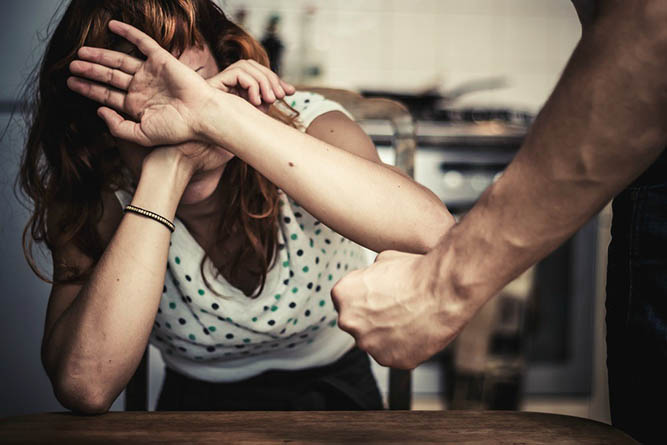
In addition to this, by embracing these stereotypes we provide comfortable breeding grounds for abusers to feel safe enough to continue, once they haven’t met the typical abuser criteria.
The reactions to the violent cases here in Guyana over the recent weeks and months are perfect examples of such callous behaviour. The references some chose to highlight to show the abusers in a different light are akin to the stereotypical white display of the token Black friend.
Yet, it is a fact that racial prejudice exists even in mixed marriages that produce children. Class, marriage, love and children do not prevent people from committing vile acts and therefore should not be held up as exemptions.
The hard truth is that abusers don’t abuse everyone they come into contact with. Many of them spend a great deal of time building a strong support base often with people whose lives don’t influence theirs. Abusers can be charismatic, excellent at controlling their anger in groups where the victim is present and fully aware of power dynamics and how to exploit them. Abusers don’t exist in a constant state of rage and many of their friends and family will possibly never see that side of them. This is because abuse is about power and the victims are often the ones with less power, whether it be economic, political or social. Usually, there are also all sorts of dynamics at play, including racial, employmental, parental, political, financial or social. Believing the victim is crucial because that person is almost always going up against unimaginable forces of power.
Violence has become so ingrained in our society that even our reactions and the way we negotiate its actual presence is frightening. Perhaps instead of opening our mouths to humanise abusers, we can first start off with humanising people with less social capital because they too are worthy of care and compassion after being stripped of their dignity. Perhaps we can stop consciously and unconsciously fueling stereotypes of what an actual abuser looks like and start with simply saying ‘I believe you’, because anyone is actually capable of abuse. Perhaps we should not speak of our relations with abusers and direct all attention to the person wronged because this is the only thing that matters when these stories manage to escape the horrors of silence.






